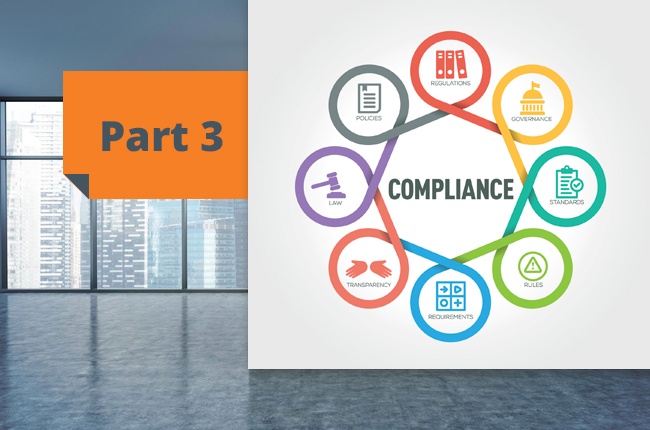ACA Compliance for Employers Part III

In 2016, the nextSource blog produced a two-part series to help organizations come to terms with the requirements and impacts of the Affordable Care Act (ACA). You can review those posts here ACA Part I and here Part II. With these perspectives refreshed in your mind, continue reading below for Part III of the series. This past week, Congress has finally released details on the possible replacement plan for ACA – otherwise known as Obamacare. While we acknowledge that no one yet knows if these first promised replacement details will stick, nextSource offers the following suggestions for staying flexible and resilient.
First and foremost, nextSource urges employers and HR professionals to remain vigilant and ready to act on changes as they are encountered. The very first executive order issued by the Trump administration was titled, “Minimizing the Economic Burden of the Patient Protection and Affordable Care Act Pending Repeal.” The order, while long on ideological positioning, effected no immediate change to the current order.
 However, as the new administration continues to install its cabinet members and fill other office vacancies, a more coherent policy is sure to emerge – one that will require operational changes to businesses and other organizations. For those organizations not wishing to divert focus from core business activity to stay abreast of the changes as they occur, it may be wise to consider engaging a 3rd party solution provider. nextSource is one such provider, specializing in maintaining compliance with this and other workforce-related compliance challenges.
However, as the new administration continues to install its cabinet members and fill other office vacancies, a more coherent policy is sure to emerge – one that will require operational changes to businesses and other organizations. For those organizations not wishing to divert focus from core business activity to stay abreast of the changes as they occur, it may be wise to consider engaging a 3rd party solution provider. nextSource is one such provider, specializing in maintaining compliance with this and other workforce-related compliance challenges.
Secondly, exhale. Understand that bureaucracies move rather slowly. As such, we recommend employers stick to maintaining their existing compliance protocols under the ACA, despite the present uncertainty. We expect things to remain in stasis certainly through the end of 2017. The reality is, repeal and replacement of ACA will not happen overnight. It’s safe to say it will be around through 2017 and likely through 2020 while Congress attempts to devise a proper replacement.
Lastly, remember that only Congress can institute any actual changes to the ACA legislation up to and including repeal. It will also be up to Congress to replace ACA if they do succeed at repealing it. None of this is up to the president himself. Thus, we urge readers to return frequently to this topic. Anticipate whatever changes may come to be clustered around the parts of ACA that are most hotly debated. Consider the current members of congress and their political standings and retain outside assistance as needed. The key here is to avoid letting changes slip by unnoticed. Be sure to keep these items in mind and sign up to receive weekly nextSource insights in order to stay flexible.


